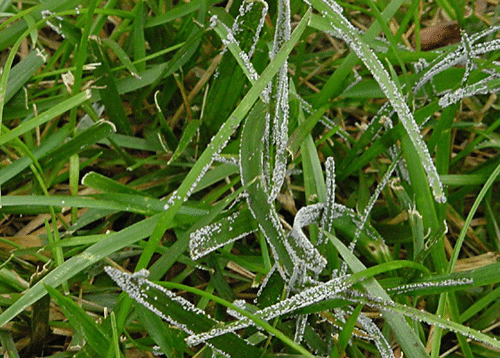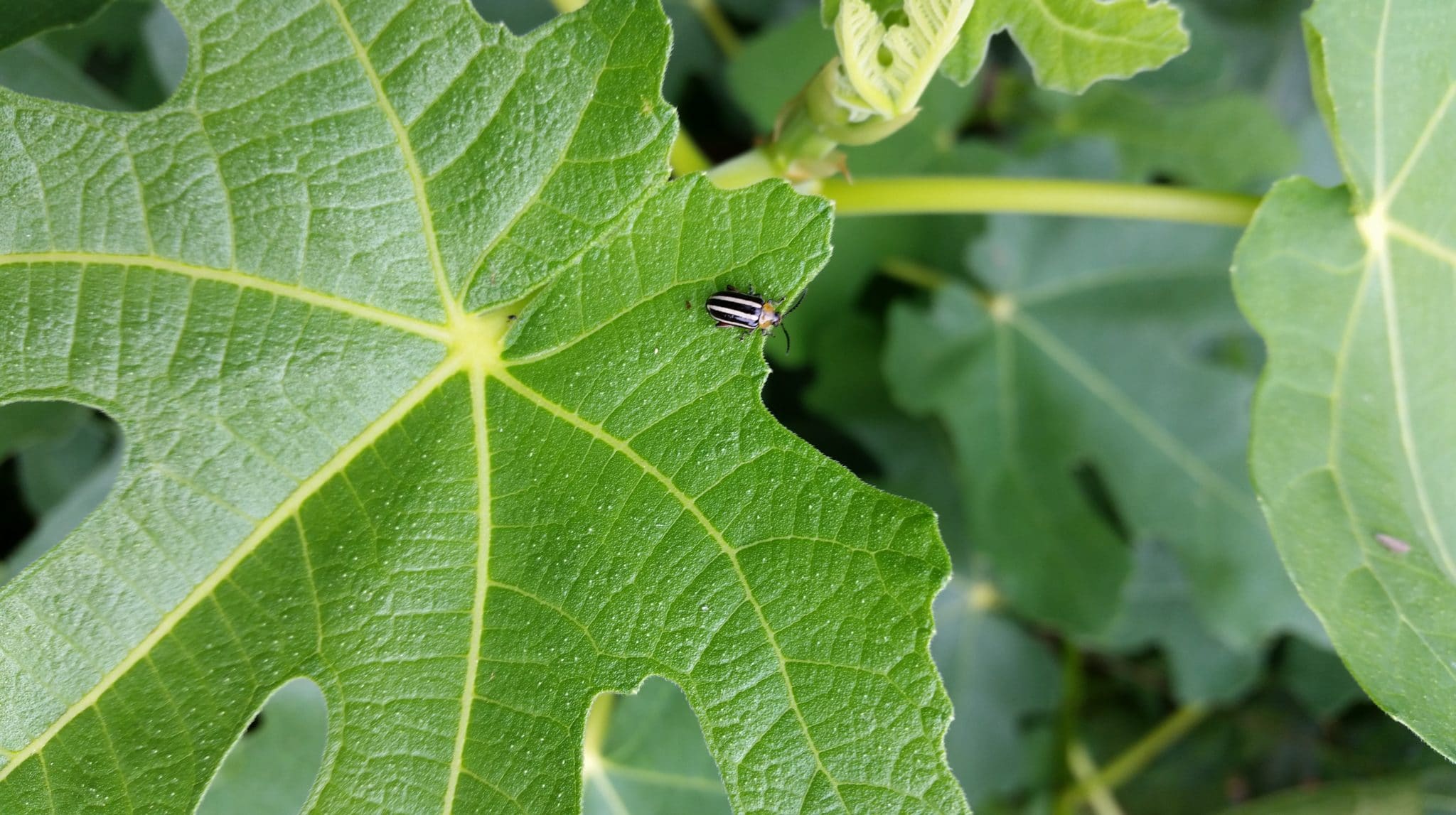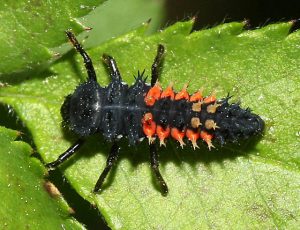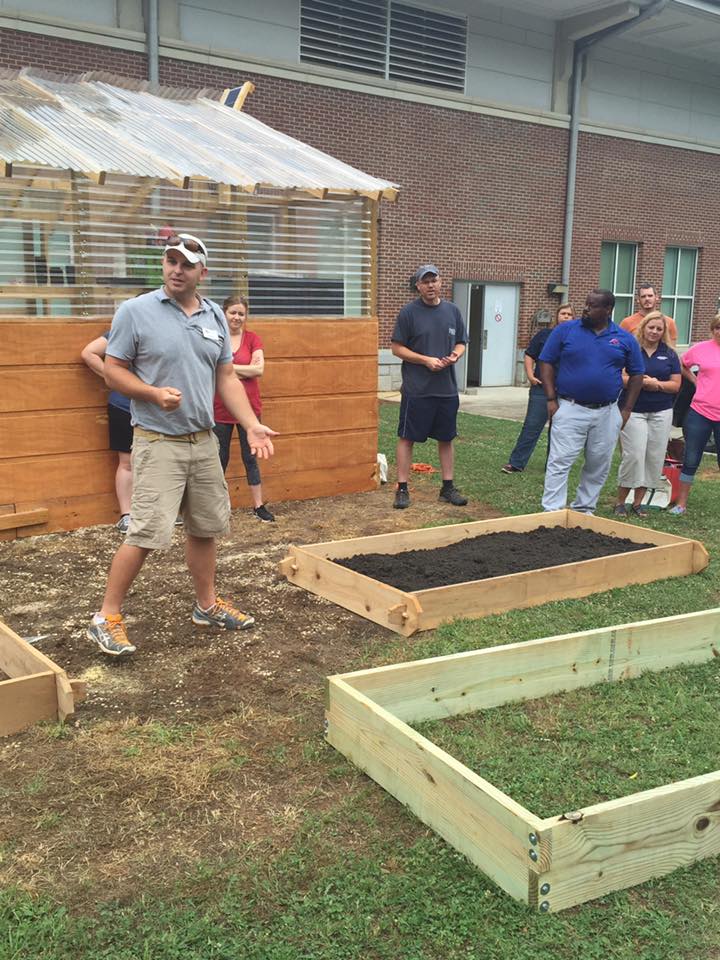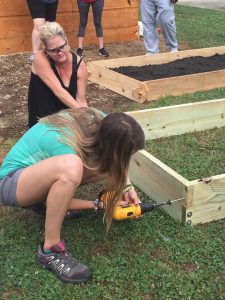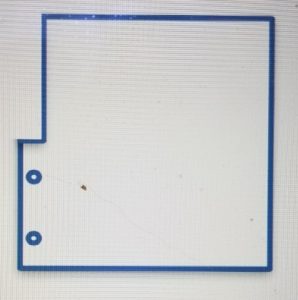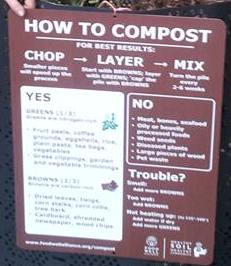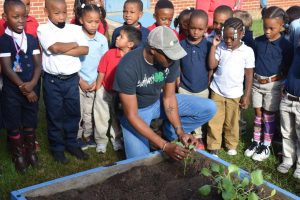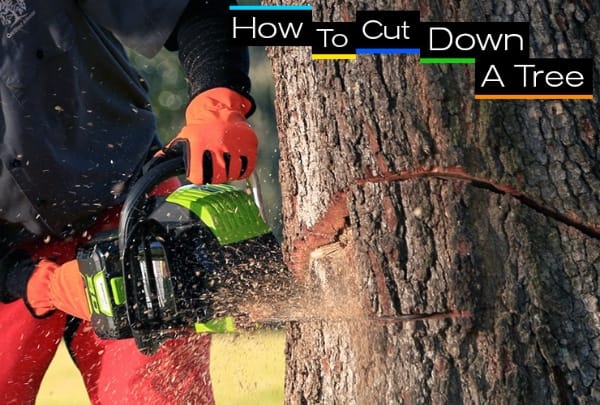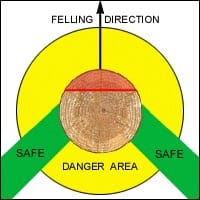Slime Mold on Turfgrasses
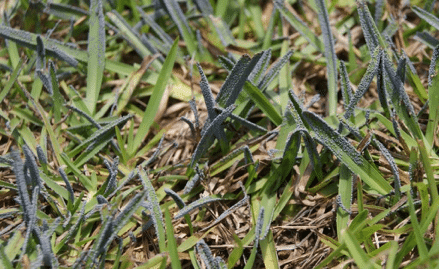
Has your lawn been slimed? Fear not, the grayish-black sooty substance on your turfgrass is a harmless soil protozoa that has temporarily migrated onto blades and stems to produce and disperse spores. Diagnosis: Slime Mold, Physarum and Fuligo sp./spp. The occurrence is prompted by spells of humid, rainy weather during spring and early summer and is typically short-lived (1-2 weeks). Aside from temporarily hindering photosynthesis, slime molds do not parasitize or damage the turfgrass. Slime mold can be ignored, mowed, raked, or washed off with a pressurized stream of water.
Related Articles: what-is-this-unusual-growth-on-lawns
Lawn Burweed
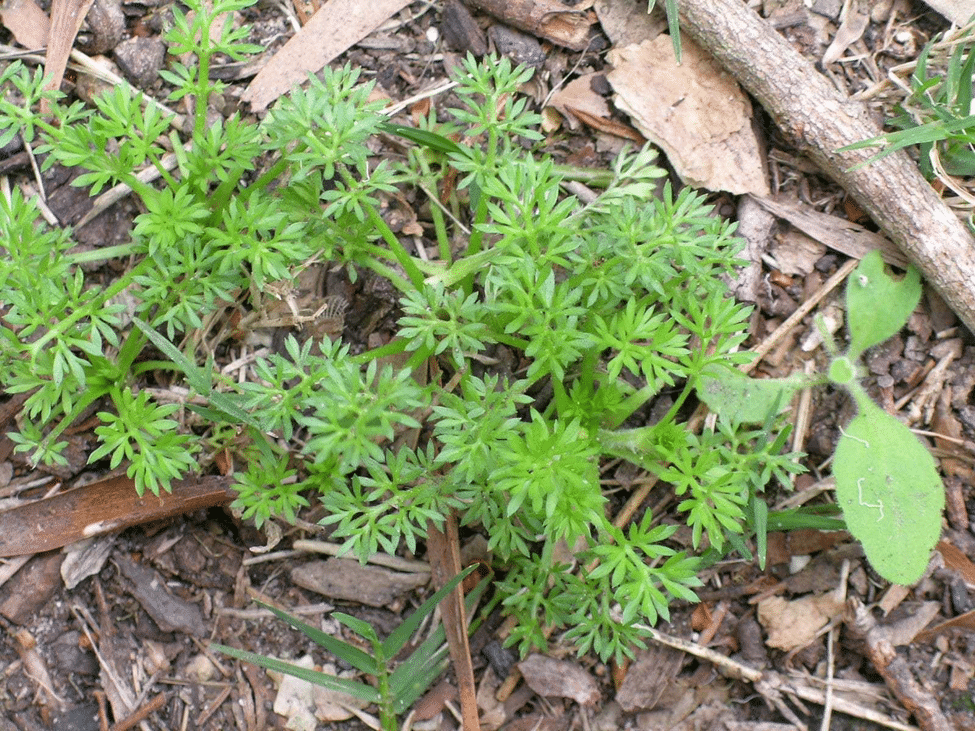
If you missed the window of opportunity to manage burweed in your lawn in late winter/early spring, then you may be feeling it, literally! The seed burs are now mature and a barefoot stroll across the lawn may inflict you with some painful hitchhikers. At this point, applying a broadleaf herbicide product may kill the weed, but will not eliminate the existing burs that have formed, so mark your calendars for burweed scouting and control next February. If an immediate solution is needed, locate individual plants and physically remove them. Burweed tends to colonize compacted bare areas. For large areas of infestation it may be necessary to scalp and bag the clippings with a mower to remove the burs, followed by turfgrass renovation or establishment on those areas (assuming that you have a warm-season turfgrass species such as bermudagrass, it would not be advisable to scalp a Tall Fescue lawn in May). For more information on scouting for lawn burweed, refer to the previous post “Winter Scouting for Lawn Burweed.”
Related articles: winter-scouting-for-burweed-soliva-pterosperma
Turf Aerification
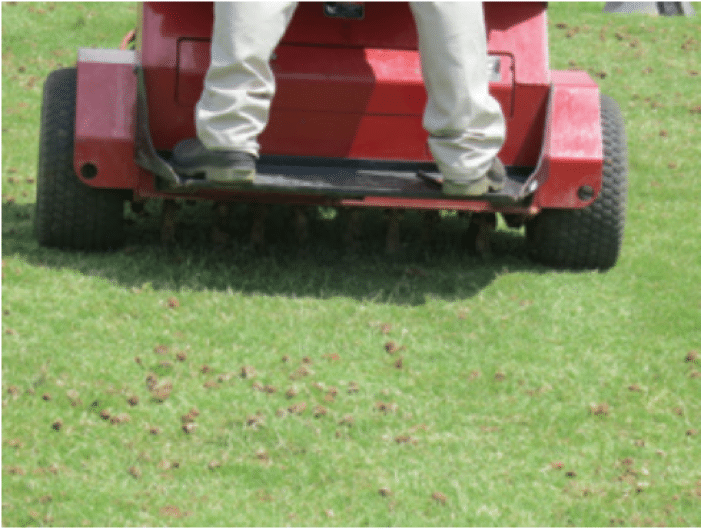
Now is the time to aerify warm-season turfgrasses. Last year, the dry conditions persisting from August through December depleted carbohydrate reserves in warm-season turfgrasses. A delay in turfgrass green-up was common this spring and warm-season turfgrasses are poised to replenish carbohydrate reserves and restore root systems. “If there is a year to seriously consider core aerification, this is it,” says Dr. Clint Waltz, a Cooperative Extension turfgrass specialist with the University of Georgia College of Agricultural and Environmental Sciences. Core aerification relieves compaction, improves air exchange and water infiltration, and stimulates deeper root growth. Hollow-tine aerification is the preferred method, removing soil cores to a depth of 3-4 inches, and having longer-lasting benefits. A light fertilizer application in concert with aerification can be beneficial, but heavy nitrogen applications should be avoided to allow for the replenishment of carbohydrate reserves (over-stimulating top growth depletes carbohydrates reserves).
To make sure soil pH, phosphorus and potassium levels are within recommended ranges for optimum growth, take a soil sample to your local University of Georgia Cooperative Extension office.
Read the full article on Core Aerification and find lawn care calendars for different turfgrass species at www.GeorgiaTurf.com .
Related Articles and Publications:
Turfgrass Fertility: Soil Texture, Organic Matter, Aeration, and pH (C 1058-1)
